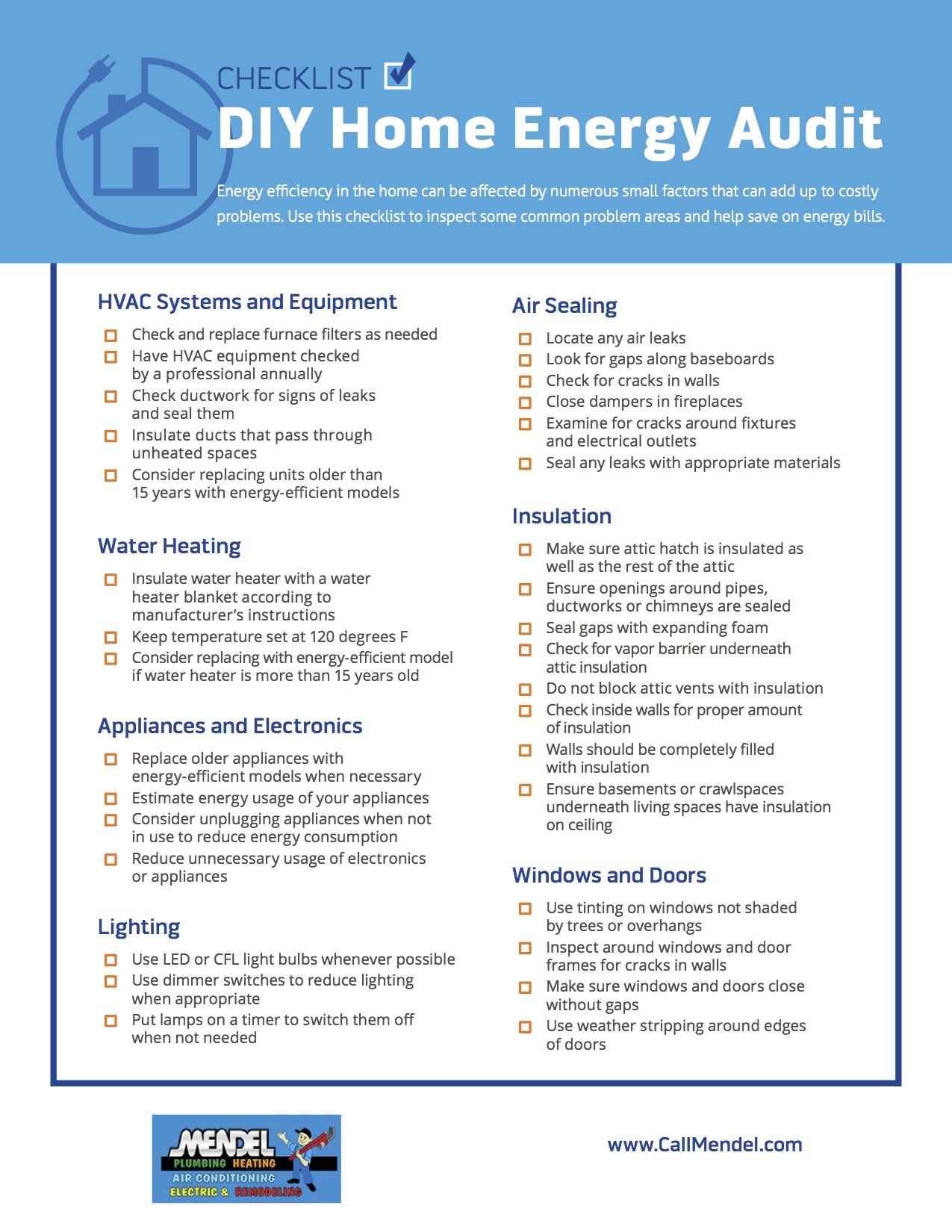The bathroom, along with the kitchen, is the most wasteful area in a modern household. Across the globe, homeowners are becoming increasingly aware of the consequences the modern lifestyle and resource-spending habits are having on the deteriorating eco-system, as well as their household budget.
In the wake of climate change and the growing scarcity of natural resources such as water and electricity, it is the duty of every household to optimize its spending across the board. Here is how to transform your master bathroom into an oasis of energy efficiency, effectively helping in the preservation of the environment and making long-term financial savings at the same time.
Replacing the traditional shower head
With the majority of traditional shower heads having a high flow rate (more than 2.5 gallons per minute), they cannot exactly bear the ribbon of water or energy efficiency. Quite the contrary, traditional showerheads greatly contribute to water waste in the modern household.
However, you can effectively cut down on water consumption while showering by simply replacing your old showerhead with a high-efficiency model that maintains pressure but lowers flow rate. Don’t worry, you won’t be able to tell the difference, but you will notice a decrease in water waste immediately.
Choosing energy-efficient lighting
Energy-efficient lighting is a staple of green living in the modern world, and just like you would introduce energy-saving light bulbs in other parts of your household, you want to introduce them in the master bathroom as well. However, this doesn’t mean that you shouldn’t stick to the healthy habit of turning the lights off when the bathroom is not in use.
Instead of traditional incandescent light bulbs, consider efficient LED lighting or even modern smart light bulbs that you can control from your smartphone, set the mood just right, and even change their colour with the push of a button.
Conserving energy with a modern hot water system
Out of all the energy-efficient and water-saving solutions you can introduce into the room, switching up your hot water system will make the biggest impact on your overall spending and help you reduce your carbon footprint.
Modern solutions such as a highly efficient gas storage hot water system aim to minimise energy consumption while accommodating the needs of a growing family. This way, they do not only help decrease financial expenditure, but also aid in preserving the environment. When replacing your hot water system, be sure to work with a company that will safely and efficiently dispose of your old unit.
Opting for low-flow toilets
Modern homes usually already have a dual-flush toilet installed, allowing you to control water consumption per flush. However, if you don’t have a dual-flush toilet, you can opt to install a flush converter that will allow you to change the flush settings depending on your needs.
This simple addition can go a long way in reducing water waste in your home, as the amount of water regular flushing consumes is much more than an average situation requires. Just like the efficient shower head, the low-flow toilet will not sacrifice water pressure, just the amount of water used per flush.
Don’t forget about the faucets either
High-efficiency faucets, or faucet aerators, are not only readily available at any home centre but they are also affordable and highly effective amenities that can cut your water usage in half immediately. Much like the low-flow toilet or the efficient showerhead, faucet aerators reduce water consumption but preserve water pressure, so you will be able to reduce water waste without sacrificing a truly enjoyable bathroom experience.
While you’re upgrading your faucets, make sure you inspect the plumbing around the bathroom, and fix any leaks in the process. This will further help minimize water waste and in turn, elevate energy efficiency as well.
In the modern world, water or energy efficiency is no longer an option, but rather it has become the duty of every household to aid in the preservation of the environment in hopes of creating a better tomorrow. What’s more, by introducing these effective solutions into your master bathroom, you will be able to make long-term financial savings in the process.













